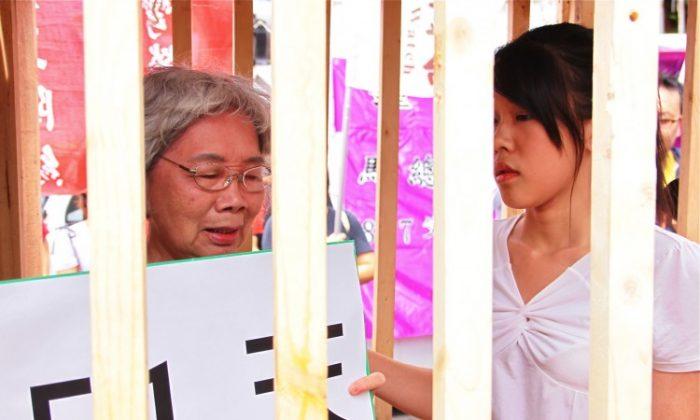Over-development in the Tibetan Plateau in recent years has turned swathes of land to desert, imperiling China’s crucial water arteries the Yangtze River, Yellow River, and others. The changes warrant decisive action from the authorities, according to a number of water experts, lest the “Water Tower of China” be destroyed.
Located in the hinterland of the Tibetan Plateau, the Sanjiangyuan area in China’s Qinghai Province is the source for three of China’s most important rivers: the Yangtze River, Yellow River and Lancang River.
The Yangtze is the world’s largest river measured by the number of glaciers that feed it; glaciers are also the most significant indicators of climate change. The Yangtze has three fountainheads, including the Chumaer River, Tuotuo River and Dangqu River: the Chumaer has now become a seasonal river due to drought, while the Tuotuo River and Dangqu River are suffering glacial retreat.
During a recent interview with Sound of Hope Radio, Yang Yong, visiting fellow of the Institute of Mountain Hazards and Environment, Chinese Academy of Sciences, Chengdu, said: “As the source region of the Yellow River is a wetland, its water mainly comes from springs that are supplied by precipitation in the atmosphere. However, many of the Yellow River’s fountainheads are suffering from zero flow or are drying-up, and the mouths of many springs are devoid of water.”
Although this year’s rainfalls have slightly improved the ecosystem in the Yellow River’s fountainheads, Yang says it may only be a temporary phenomenon. Prospects for the Yellow may be even more pessimistic than that of the Yangtze, which is mainly supplied by glaciers and which has been badly damaged by human activity.
Nomads Victimized
Rampant gold mining and an influx of pests have damaged the ecosystem of the Yellow River’s source area. Multiple construction projects and global warming have damaged the permafrost layer and underground water supplies.
Because no attempt has been made to conserve water in the Yellow River’s source regions, 90 percent of the grasslands have become arid. This, in turn, destroys the environment that supports the traditional lifestyle of Tibetan nomads, who have left in droves to find a way of life elsewhere or become refugees.
Li Gen, Secretary-General of the Yellow River Source Environmental Protection Promotion Agency, also the producer of a documentary titled “The Exploration of the Yellow River Source,” said that many Tibetan nomads in the Yellow River’s source regions used to raise hundreds of cattle and sheep, but that now those numbers are only in the dozens as people become “ecological refugees.”
Human Factors
Hydropower stations, coal mines, steel mills, chemical plants, wool spinning factories, paper mills and more have been established in the Tibetan Plateau over the recent years, and the sudden explosion of heavy industry, with its attendant burdens of increased population and business activity, has exacerbated the ecological damage around cities like Xining, Lhasa, Gelmu, Linzhi, and Xigaze.
Wang Weiluo, a well-known water expert and hydraulic engineer now based in Germany, in interviews and op-eds, has argued along much the same lines as above. After the “Water Tower of China” is destroyed, he says, referring to the Tibetan Plateau, China will be in for a difficult future.
Yang Yong argues that in the face of the ecological calamity, as Asia’s most important water source the Tibetan Plateau should be protected from development; this view is shared by many scientists, particularly in terms of the development of hydropower resources.
According to a report on the website “Nature Reserves of China,” the average elevation of the Three Rivers’ source areas in the Tibet Plateau is over 4,000 meters; the region’s mountain glaciers, lakes, and wetlands contribute about 25 percent, 49 percent and 15 percent of the total volume of water to the Yangtze River, Yellow River and Lancang River respectively.
The pace of glacier retreat in the Tibetan Plateau has accelerated and is about 10 times faster than at any time over the past 300 years.
Read the original Chinese article.




Friends Read Free